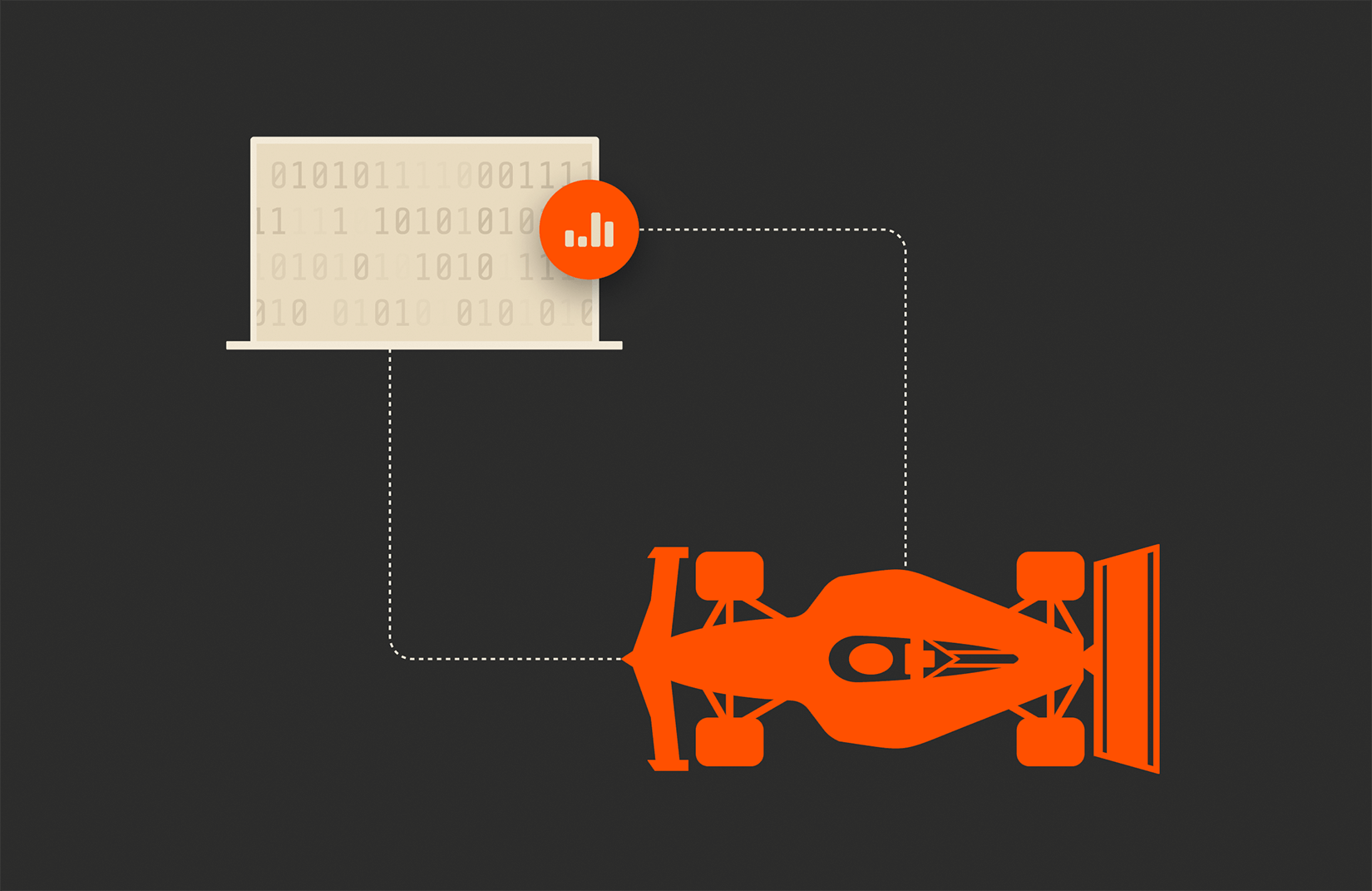In the world of IT and technology, testing is part of everyday life. It can reveal a system’s strengths and weaknesses and allows you to make constant improvements. In the world of F1, preseason testing is just as important.
F1 preseason testing generates baseline data that teams use all season long, but time on the track is limited. With only three days of track testing, teams must maximize their opportunities to see how cars perform on track, experiment with parts and kits, and see what the competition is up to—albeit without actually racing.
Here’s a look at what preseason data teams gather and what analysis of that data can yield.
Why Is F1 Preseason Testing So Important?
1. Teams get to know their next-generation prototypes outside of the wind tunnel and on the tarmac.
Each year, preseason testing offers teams a chance to gain insights into sometimes drastically different car designs. Changes to car designs affect everything from how teams approach the layout of each track to how drivers do their jobs. For example, certain tracks demand different things from cars. Teams can use performance data to anticipate adjustments and kits for each race, such street circuits or hilly turns. (And, in the case of Bahrain, extreme desert temperatures that fluctuate all day.)
Teams do both performance runs and long runs, different types of laps that enable them to analyze an array of data. This data includes airflow measurements gathered with removable air rakes, which are like large metal grills, and the application of bright, wet paint to see how air is flowing over the car as it dries. These stats are then analyzed against engine modes, lap times, tires, and other strategic choices for a more complete picture.
2. It’s a chance to see how closely off-track and on-track testing data match.
Testing happens year-round in simulators and wind tunnels, but preseason track testing allows teams to see how closely that data correlates with performance on the track. The closer the correlation between the two, the fewer course corrections, and the more reassurance that teams have pulled off a design that works well “out of the box.”
3. It establishes benchmark performance data to cross-reference during the season.
Teams and drivers are getting to know their new whips, and a big part of that is creating a solid baseline to track against all year. Teams collect varied and unstructured data points for analysis, such as:
- Performance data from sensors on the cars measuring fuel, handling, speed, aerodynamics, braking, and more
- Trackside footage
- Onboard car footage
- GPS tracking data, which shows both cornering and straight-line speeds
This delivers a benchmark to cross-reference with as the season progresses. With a clear view of strengths and weaknesses, any changes made between now and the first race aren’t made in a vacuum.
4. Drivers (especially rookies) can get more “seat time.”
Sure, race simulators, endurance training, and g-force strength exercises are valuable, but nothing can replace time on the track—especially for rookies, of which there are plenty this year.
Drivers undergo rigorous preseason training to get physically and mentally ready, but time on track helps to familiarize them with the physical car. This creates muscle memory, too—especially in terms of handling when there are other cars on the track.
However, the pressure is on to push the limits while staying inside the lines as they feel out their new rides. With such limited time on track, teams can’t afford to spend precious hours repairing prototypes after crashes.
5. Engineers can address issues with more lead time and experiment with big innovations—whether they keep them in the long run or not.
Testing happens all year-round, but preseason trials carry a bit more weight. New regulations can throw curveballs. If there are more major changes that need to be pulled off before the first race or you want to push the envelope and experiment with something cutting edge, now’s the time.
Teams will run and test different kits, parts, programs, and strategies to dial things in…and dial out any issues. They may experiment with tires, aerodynamics, and fuel loads—or bigger things, like comparing two totally different cars.
6. Competitors can catch a glimpse of what other teams are doing.
During preseason testing, teams can get a closer look at the rest of the field and size up the competition before they’re wheel to wheel on the track. In some cases, despite big livery reveals, this may be the first glimpse of the actual new car’s build.
But “paddock chatter” during preseason can be strategic and speculative.
There’s little hiding what goes right (or wrong), unless a team engages in a bit of “sandbagging”—loading cars with fuel or not running cars at full power to hide top speeds and other capabilities from the competition.
Achieving IT Agility
Learn how the Pure Storage data management platform delivers tangible outcomes for customers.







